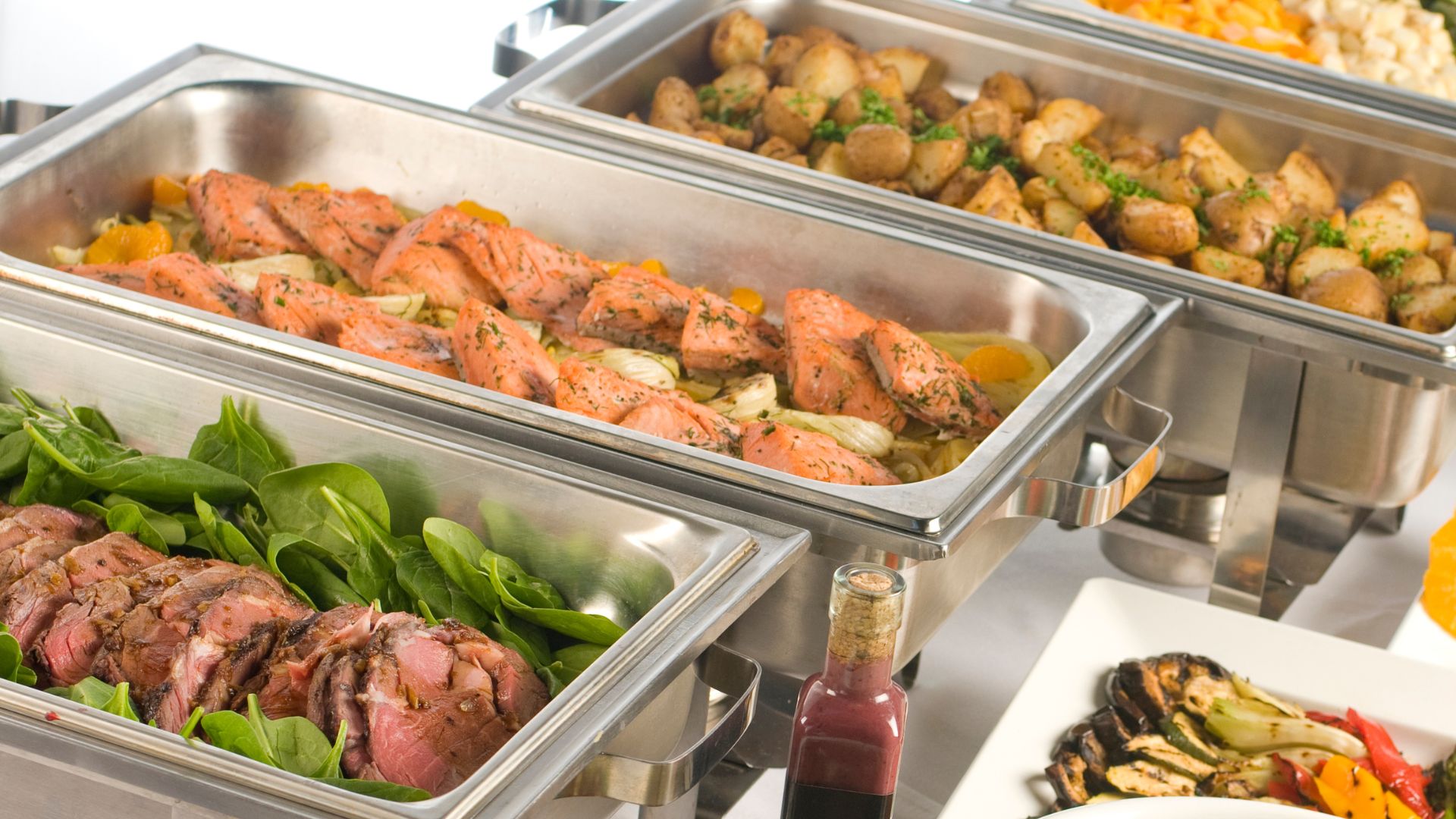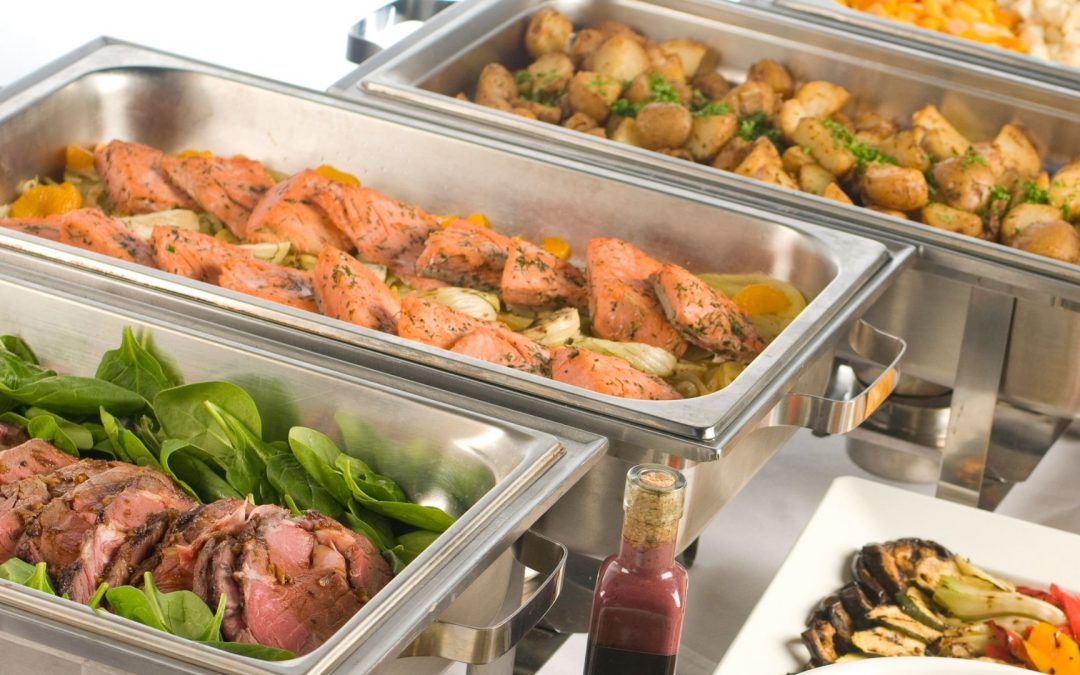Food Service Guide: Stainless vs. Polycarbonate Pans
Let’s talk about pans. Stainless steel and polycarbonate are two of the most common materials used to make food pans. Both have their advantages, but which one is right for you? The world of food service can be a confusing one, and there are countless choices to make. Luckily, this guide will help you figure out which material is best for your needs.
Stainless steel and polycarbonate are the two most common materials used in food service pans, but it’s important to note that they operate differently. Which one should you choose? If you’re wondering which of these two materials is better for your food service business, it’s all about what you want to achieve.
The best way to decide is to consider what you’re trying to accomplish with your pan. The two types have different pros, so you’ll want to consider each of them depending on what you need.
Stainless steel
hotel pans are the classic choice for restaurants and other food service establishments. It’s easy to clean, durable, and highly resistant to corrosion and rust. It won’t warp or dent, and any scratches can be easily buffed out with a paper towel or scotch tape. It’s also lightweight, so they’re easier to lift than heavier pans. It works well in keeping your food warm, and can tolerate a temperature range between 400 F – 3750 F.

Polycarbonate
hotel pans, on the other hand, are more expensive but can be used in high-acid environments; its transparency makes it great for food storage, as you can easily identify what and how much food is inside. It can endure a temperature range of -400 F – 2100 F making it great for both cold and hot food serving. It is lightweight and won’t dent easily; however, it does not last as long as stainless steel does because it’s more prone to breaking if dropped or mishandled, so you might want to take extra precautions when using it.

Hotel Pan Sizes

We’ve known that hotel pans come in different materials, thus, also come in different sizes. Hotel pan sizes are standardized to accommodate different food service providers, and restaurateurs, avoiding much confusion and complications especially in fitting them to serving or steam tables.
| FRACTION SIZE | MEASUREMENT | USE |
| Full Size | 12” X 20” |
Usually for main courses, and largely served food |
| Two-third (2/3) Size | 12” X 13-1/3” | Great for main courses, pasta for medium to larger amounts of serving . |
| Half Size Pan | 12” X 10” | Two of these accordingly can fit in a full size pan. Perfect for salads and sides. |
| Half Size Long | 6” X 20” | Two of these accordingly can fit in a full size pan. Perfect for salads and sides. |
| Third Size | 12” x 6-2⁄3” | Often used for side dishes. |
| Quarter Size | 6” x 10” | You can throw in 4 of these in a full-size pan, and are greatly used for sides. |
| Sixth Size | 6” x 6-2⁄3” |
Great for dressings, toppings and sauces. |
| Ninth Size | 4” x 6-2⁄3” |
We hope you’ve made your decision to purchase your new pan, and now that you’re ready to buy, we want to make it as easy as possible for you. If there’s anything else we can do to help make your purchase run smoothly, please don’t hesitate to reach us out!

